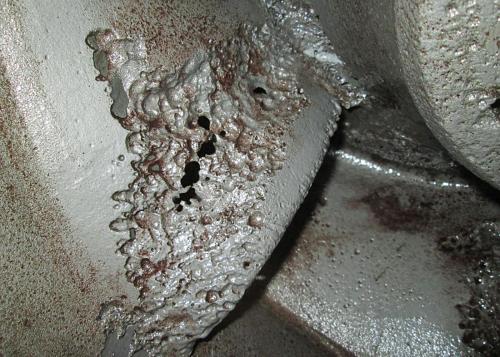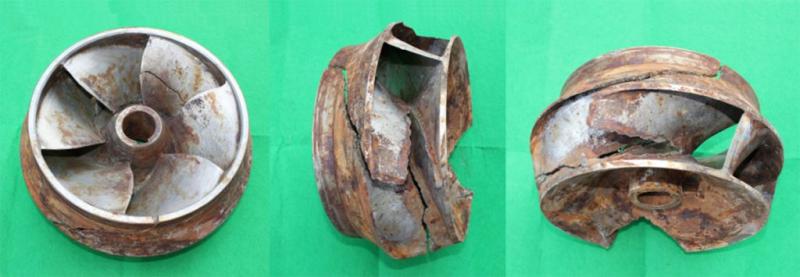Centrifugal Pumps Cavitation Problem

© Copyright 2025 - Renjana Multi Sinergi
Website by Webtivia

Centrifugal pumps are widely used to transport fluids in various industrial and commercial applications. However, one common problem that plagues these machines is cavitation. Cavitation occurs when bubbles or cavities form in liquids, reducing the efficiency of the centrifugal pump. This article will discuss what causes cavitation in centrifugal pumps and provide practical tips on preventing and mitigating its effects.
Cavitation occurs in centrifugal pumps when there is insufficient pressure at the pump’s suction end. Bubbles accumulate around the impeller eye and eventually implode, causing intense shockwaves to damage the impeller or pump housing.

Centrifugal pump cavitation may be due to various factors, some of which include:
The two types of cavitation are suction cavitation and discharge cavitation.
Suction Cavitation: Suction cavitation occurs when the centrifugal pump is subjected to low pressure or high vacuum conditions. It is characterized by the impeller having multiple pitting, which makes it resemble a sponge.
Some of the possible causes of suction cavitation include:
Discharge Cavitation: Discharge cavitation occurs when the centrifugal pump’s pressure is too high or loses 90% of its efficiency. Under this condition, the fluid cannot easily flow out of the pump. Instead, it moves inside the working chamber at high speeds, causing cavities to form. The easiest way to identify discharge cavitation is to check the impeller for pitting around the outer edges.
Some of the possible causes of discharge cavitation include:
Jl. Pemda Tigaraksa No.5,
Komplek Pergudangan Bizlink Citra Raya Blok O8 /20,
Sukamulya, Kec. Cikupa,Tangerang 15710, Banten.
Indonesia